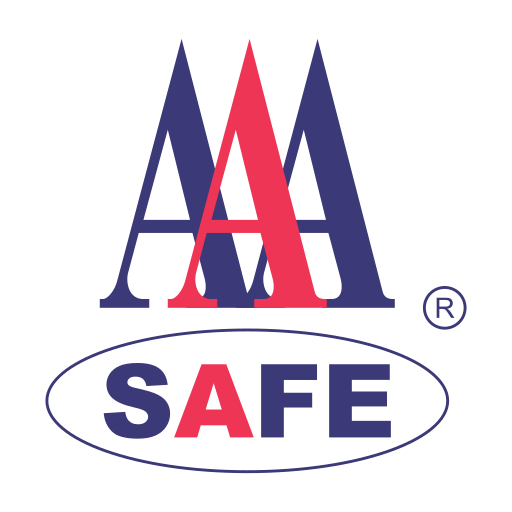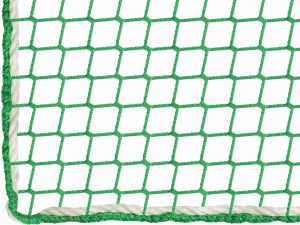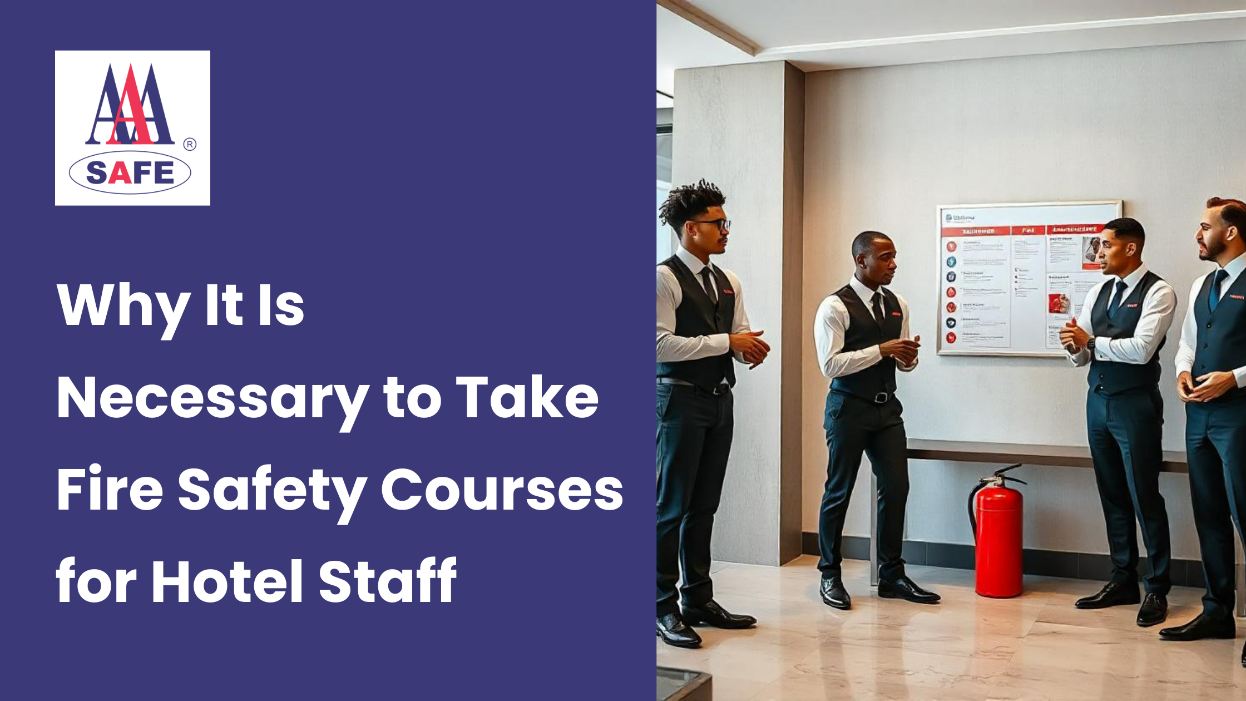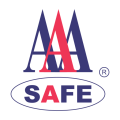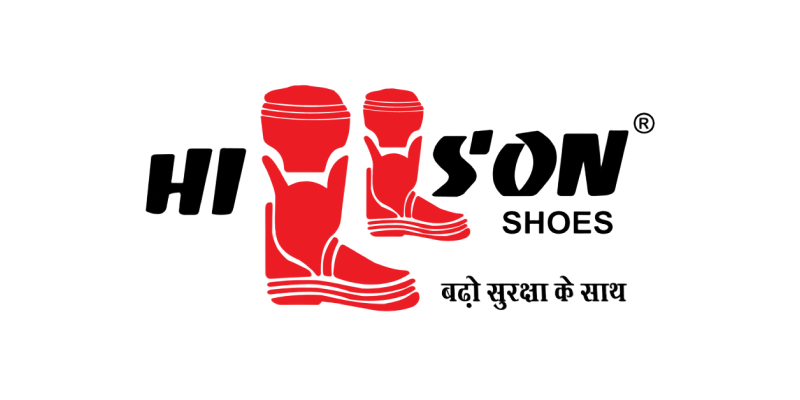Workers in several industries do a range of duties while working at heights. One thing is certain: you need a safety harness that will keep you concentrated on the job, is comfortable for all-day endurance, and is safe enough to meet all safety standards required of your equipment. Safety Harness is key equipment in fall protection. In this blog post we will talk about qualities of good safety harness.
Let’s talk some more about what makes a good safety harness and how you can pick one for yourself based on your work.
The Basics: What's Inside a Safety Harness
Alright, first things first, let’s talk about what makes up a safety harness.
It has all these different elements and each part has a job to do.
Straps and Webbing MaterialsNow, these straps and webbing materials- these are usually made of nylon or polyester. Strong stuff, you know? But remember, they wear out over time, so you have to keep an eye on them.
Buckles and Fasteners
Those buckles are the things that keep you strapped in. They’re more like seatbelts for your body. Make sure they’re snug and secure. Nobody wants a loose seatbelt.
D-Rings and Anchorage Points
D-rings are the places where you attach your lifeline or lanyard. Think of them as anchor points. They should be strong and in the right place; otherwise, they won’t be useful.
Adjustment Mechanisms
Harnesses need to fit just right. They’ve got these adjustment bits like slide buckles and chest straps. Play around with them until it’s comfy but not too loose.
Padded Elements
Now, here’s the good part – the padding. Pads on the shoulders and legs make the harness more comfy, especially if you hang around for a while. Nobody wants a sore back after a day’s work.
Types of Safety Harnesses
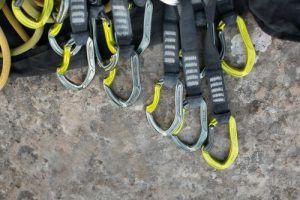
Harnesses aren’t a one-size-fits-all deal. There are a few types to choose from, like full-body harnesses, chest harnesses, and those for positioning. The type you need depends on the kind of work you’re doing. You wouldn’t wear the same shoes to run a marathon and hike a mountain, right?
- Full-Body Harness: This one’s like the big brother of safety harnesses. It wraps all around you – shoulders, chest, legs, everywhere. You wear this when you’re going headfirst into something risky, like climbing up high structures. It’s like giving your whole body a safety hug.
- Chest Harness Now, this one’s a bit more focused. It’s like a safety vest for your upper half. Chest harnesses are for when you need to keep your upper body secure but still have some freedom down below. You’ll see these used in situations where you might tip over, like in a bucket truck.
- Positioning Harness: So, this one’s like a mixtape of the other two. It has some full-body vibes but it also lets you hang around comfortably in a specific spot. You’d use this for jobs where you need both security and a bit of wiggle room, like window washing.
QUALITIES OF GOOD HARNESS
let’s talk about what makes a harness a good one. Here are some things to consider when you’re shopping for a safety harness:
Strength is Key:
When picking out a safety harness, strength is non-negotiable. Look for a harness that can handle your weight and any additional equipment you might carry. Check the manufacturer’s specifications for weight limits. You don’t want it to snap when you need it the most.
Comfort Counts:
Just like your shoes can’t be too tight or loose, the same goes for your harness. Your comfort matters, especially if you’re up in the air for extended periods. Padded straps, shoulder, and back support can make a world of difference. They’re like cushions for your body, reducing pressure points and making your workday more bearable.
Easy Does It:
Harnesses aren’t meant to be puzzles. You want one with simple buckles and adjustments. When you’re at height, you don’t want to waste precious minutes fiddling with complicated straps. Quick and easy adjustments mean you can focus on your work rather than battling with your gear.
Get the right size:
You want a safety harness that’s not too big and not too small but fits just right. A snug fit ensures the harness distributes your weight evenly and reduces the risk of slipping or shifting during a fall. Loose is no good when you’re hanging around – it can lead to discomfort and even injuries.
Durability Matters Too:
A harness should be a reliable partner, not a flimsy accessory. Check for quality materials like sturdy webbing and robust stitching. It should withstand the wear and tear of your work environment.
Safety Standards About A Good Safety Harness
Just like there are rules for everything, safety harnesses have their own rules.
Maintenance and Checks
Like a car needs an oil change, a harness needs a checkup. Look for wear and tear, and if you spot anything weird, get it fixed up. Nobody wants a broken harness when they’re up high.
Putting It On and Off
Just like putting on pants, there’s a way to wear a harness. Learn how to put it on and take it off properly. It may not be as simple as you think.
Mistakes and Tips
People mess up with harnesses sometimes. They wear them too loose or attach stuff to the wrong places. It’s essential to know the dos and don’ts. And always double-check before you head up high.
It all comes down to your job
When you’re choosing a harness, consider what job you’re doing. Think about the type, comfort, and safety standards. It’s like choosing the right tool for the job. It makes everything safer and better.
So, there you have it – the basics of a safety harness. Remember, these things are there to keep you safe. So, treat your harness like a trusty sidekick, and you’ll be all good up there! Stay safe, friends!
Wrap Up: Qualities of Good Safety Harness
In order to protect the well-being, health, and comfort of workers across a variety of industries, choosing the appropriate safety shoes for your employees is essential. Given the wide range of options available, it’s crucial to evaluate the demands specific to your workplace, including the risks present and the responsibilities of your team.
